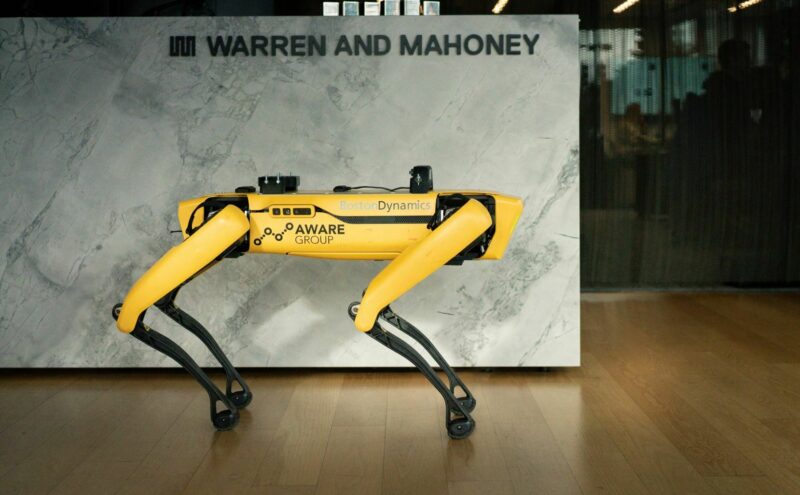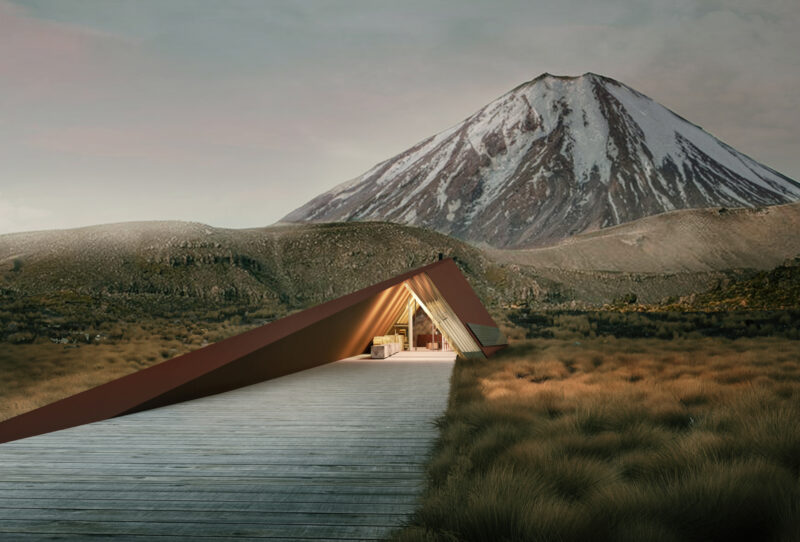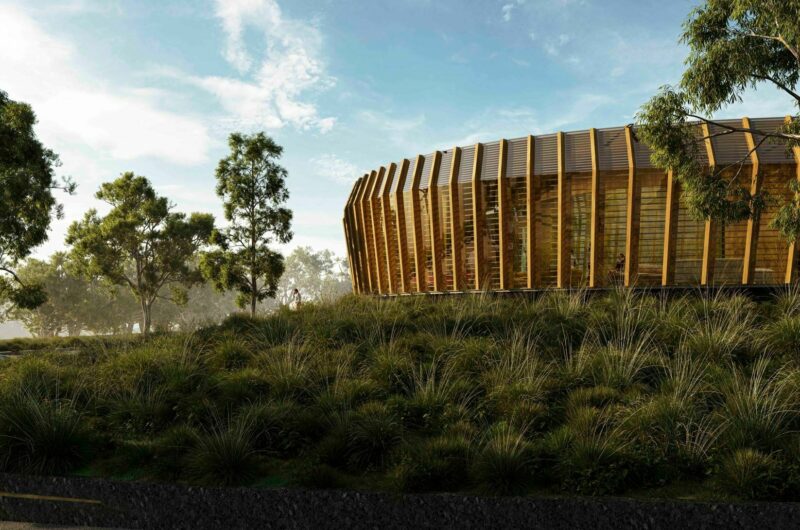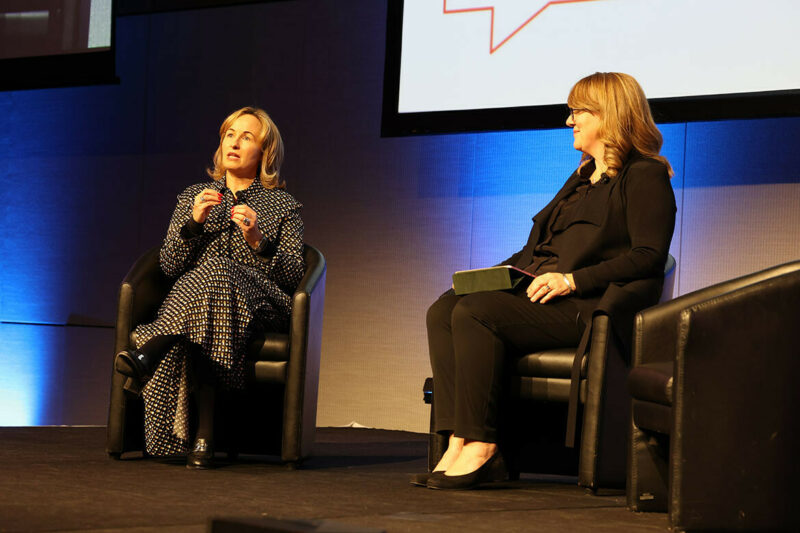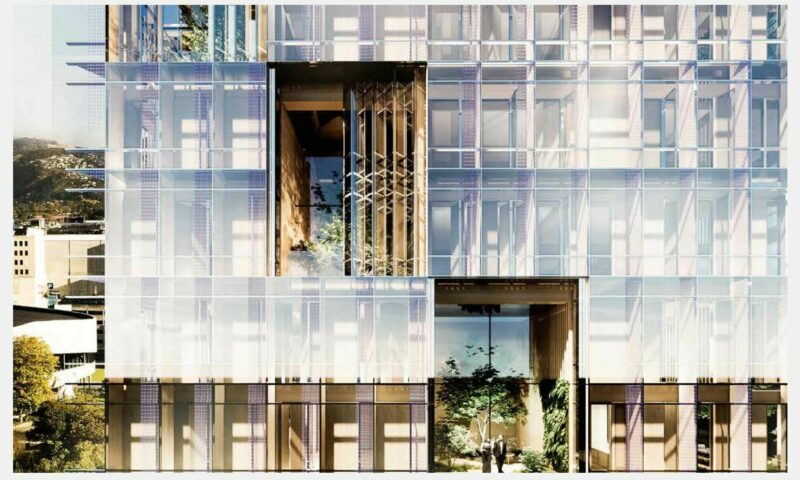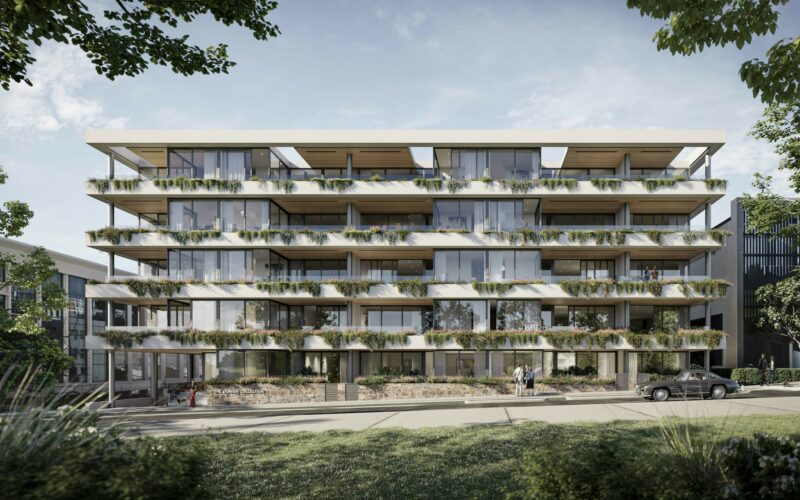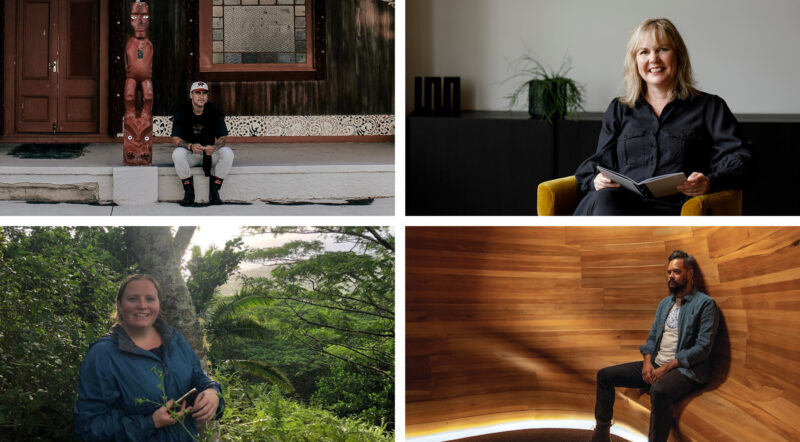The biggest impact on workplace design has been the convergence of new management thinking with technology.
The overarching idea of most modern management theories is to consider the employee as the most important resource in the organisation - and that real talent is difficult to attract and retain.
Management theory also relates to social and cultural ideas about human behaviour, alongside the rapidly changing social influences of the time - while technology has wrought changes in the building structure and physical environment, and changed the tools we use every day within an office.
These tools are so omnipresent it’s become common practice to see technology as the single biggest influence on workplace design. However, as it has become more powerful, personal and mobile, theories about the roles of organisational culture, branding and knowledge have likewise become increasingly mainstream.
Taking into account, specifically, the development of mobile technology over the last 15 year - including laptops, tablets, smartphones - we start to see that the biggest changes to the office are not physical changes, such as the type of workstation, amount of space per person or the amount of enclosure, but how workers connect to other people - both within and outside the office, and increasingly through virtual means.
This change in focus has been enabled by developing technology which is, along with people and place, a fundamental driver in the evolution of the workplace, from the early 20th century to the current open, connected and collaborative designs of the “knowledge economy”.

IT'S IMPORTANT TO LEAVE ROOM FOR POTENTIAL, POSSIBILITY AND FLEXIBILITY.
SE: How do you define “workplace strategy”? It sounds like you’ve gone into a lot of different areas outside architecture that are still complementary to it.
AT: It’s very broad. My brief takeaway is that workplace strategy is helping people in organisations to think about how they should work in the future or want to work in the future and how the workplace can best support that. That’s it at its simplest.
There are all sorts of ways in which you can approach that in a structured manner. Donna, in particular, has developed a very structured approach. There is always a bespoke, tailored element to each workplace strategy and each workplace design project.
We have to do that, because every organisation is unique and they all approach things in their own way. It’s always about having conversations, getting people around the table, and trying to understand your client and client organisation as best you can.
There are tools that you can use to do that, whether they are surveys or structured questionnaires or workshops and focus groups - whatever will get you the right information to get to the heart of who and what your client is and, more importantly, where they aspire to be, and how you are going to help them get there.
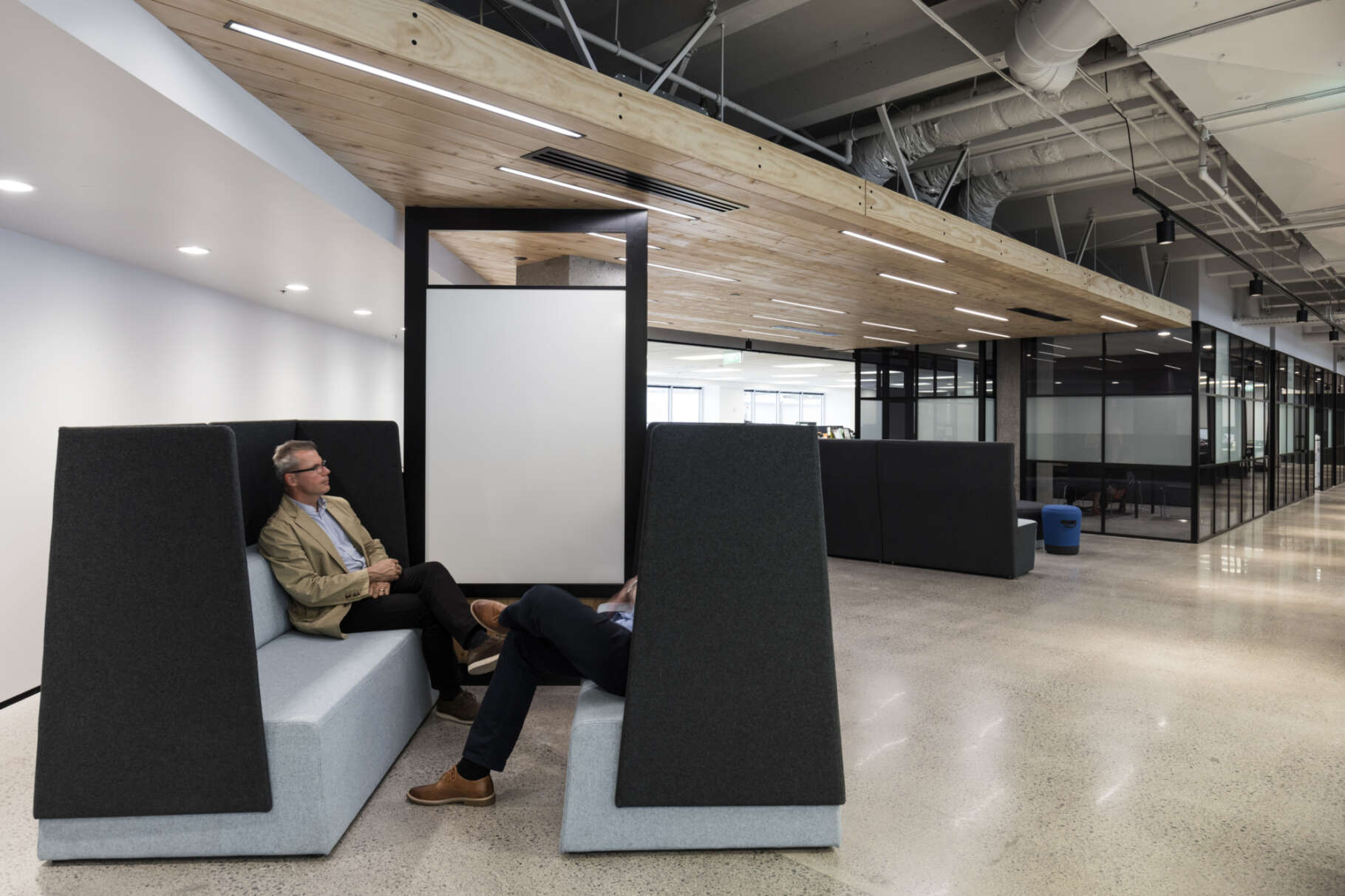
SE: How has the general architectural understanding of workplace strategy grown and evolved over the last few years? Because it seems to me it’s quite a buzzword these days.
AT: It is. Everyone calls themselves a workplace strategist and every concept that any designer puts out is now a workplace strategy. I’ve even seen it on the back of cars driving around town. Like anything, there’s workplace strategy and there’s workplace strategy. What you really want is an in-depth, thoughtful study, again, of a very simple thing: how are you going to be working in five or 10 years time, and how is your workplace going to support that?
Often, there’s a missing link between strategy and design. People will create a strategy, and it may be fantastic, but then it’s a completely different thing to translate that ambition into a successful workplace design.
The best projects have an engaged client, an indepth, thoughtful workplace strategy process, and then, a careful and considered design process that takes the strategy and translates it into a real, material, three-dimensional thing that helps to support people to change into a way of working in the future.
And it needs to be flexible over time, and the time element often gets forgotten. Everything’s changing all the time - every month, every year, and the workplace has to allow for it.
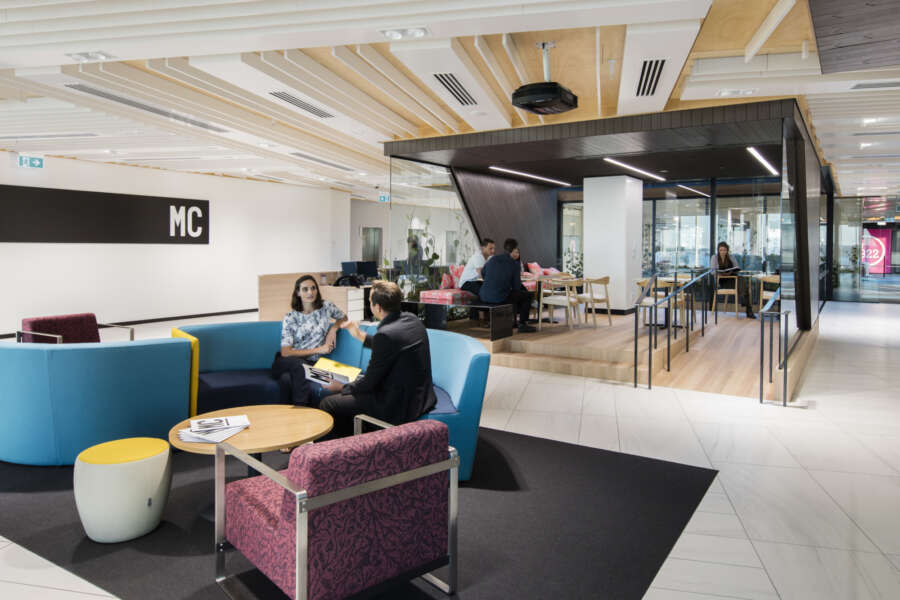
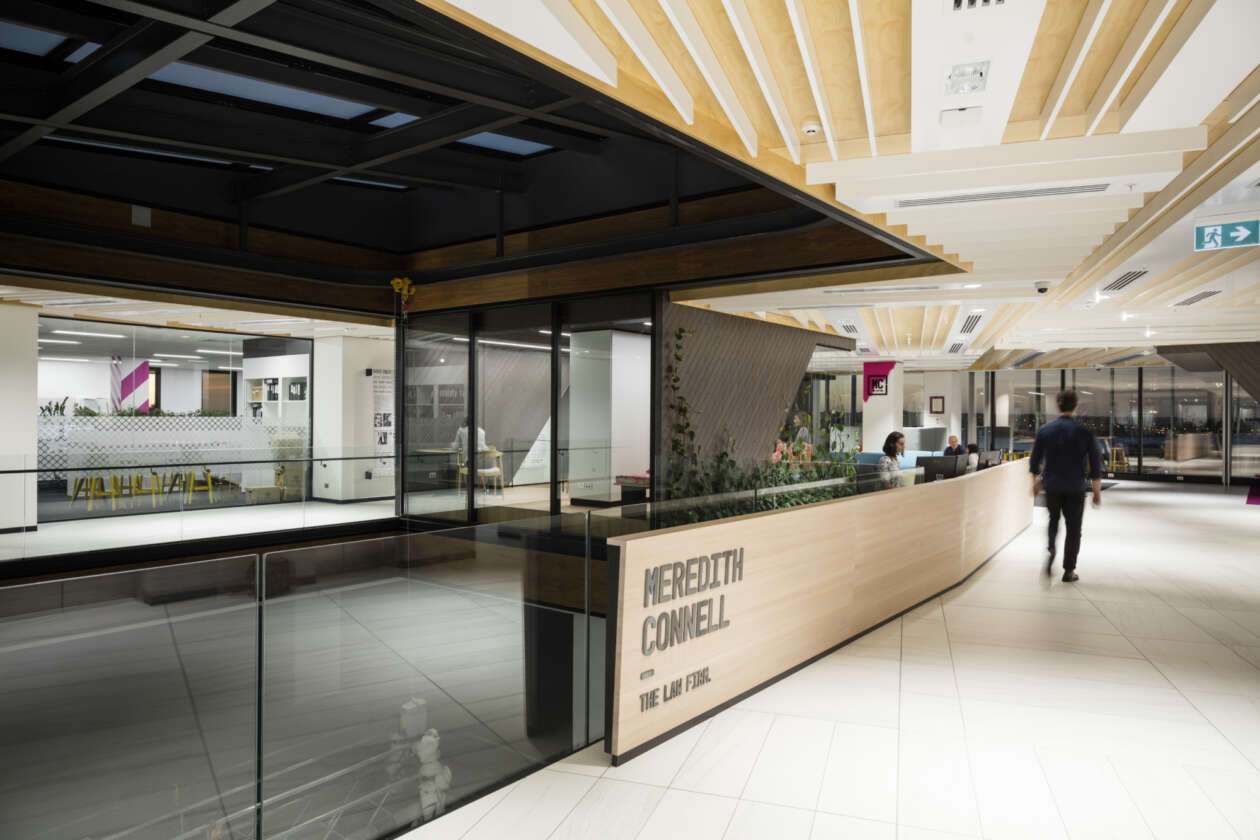
SE: How do you predict those changes? What are the tools you use?
AT: To a certain extent, I don’t think you do. You can certainly set off with a direction in mind, but that’s not to say things might not turn around 180 degrees on the way.
What is more important is that you leave room for potential, possibility and flexibility. Sometimes it’s about not doing too much.
We can design spaces that have almost a single use or function or intention in mind. One case in point is the integration of technology into furniture - whenever I see that, I think it’s an incredibly bad idea. Tech these days is obsolete almost as soon as you put it in, and if not now, certainly within two or three years. Why on earth would you integrate a piece of technology into furniture that should have a lifespan of 10 or 20 years?
A desk is still a desk is still a desk. Yeah, they go up and down now, but a beautiful meeting table should still operate as a meeting table in 10 years time, and so should a chair, and a room should be able to be a video conference room but then turn into something else in five years time. So a lot of it is keeping it simple, relatively loose fit, and allowing the potential to change over the time.
Due to commercial leases, the timeframes are a little shorter in the workplace - often they’re six, 10 or 12 years. If you’re working in local or central government, it might be a lot longer.
SE: How does adoption of design thinking in workplaces support business strategy, both in a physical sense and in an ideological sense?
AT: That’s a good question. Absolutely, it can and it does. It’s making the words concrete. Very good workplace strategy will put forward workplace vision and objectives, which become a strategic brief describing design principles, outcomes and the physical structure, whether it’s the type of space, or the location of different functions and people. It will do that at a high level, and a very low level as well.
Countless times, I see people on a mobile phone in a 20person conference room, and it’s a wasteful use of space. And that’s fine if you’ve got lots of space, but as we all get busier, it’s better to have a closer fit between the things that happen in an organisation and the types of spaces that you provide.
Equally, in design businesses, we do a lot of collaboration. Where does that happen? Does it happen at a desk? Does it happen in the studio space? Does it happen somewhere else? You’ll need to apply yourself as to where that best happens and how that contributes to the culture and life of the office.
Early on in the process, the moves are large and more strategic. As we get into the details, it’s about the technology, what kind of furniture, how do we want to sit, and how we are interacting with each other over work.
Those are the kinds of things that, in workplace design, create a different level of detail. Architects pat themselves on the back when they think they’ve done a great floor plan, but we dive into the floor plan, get into every single room and piece of furniture and what’s on the wall. How do the floors and ceilings work? Colour, texture, patterns, everything.
SE: One of your particular interests is collaborations, the way people end up working together...
I would never subscribe to the view of the lone star architect. More heads almost invariably make better design. The best collaborations come from a large group of people who have different interests and can work together to create something great.
It’s not easy, but often the skill that I bring to it is the experience to lead those projects forward. You need to lead them in a direction. Having done it a lot of times, I can see the lay of the land.
I supply a sense of where it is that we need to go, so you can get there faster rather than talking round and round a table, which is easy to do with a large group of people. In design, strategic leadership is really important.
Andrew Tu’inukuafe is a workplace design specialist and Principal at Warren and Mahoney.


